Marlborough House was Edward VII's home for nearly 40 years, from 1863 until 1901 when Queen Victoria died and he became King. Then, of course, he moved to Buckingham Palace. It's not a place that's open to the public as it is now the headquarters of the Commonwealth Secretariat. But, last weekend, it was thanks to Open House London 2013. There were so many brilliant places to go and see but this year I chose Marlborough House. Who wouldn't want to poke around a Prince's pad??

Marlborough House was built in 1711 and was, as the name suggests, the London residence for the various Dukes of Marlborough for a whole century. Actually, five Dukes and Duchesses of Marlborough, three dowager queens and three Princes of Wales. When it was first constructed, it had a mere two storeys, thus:
Designed and built by Christopher Wren (he of St Paul's Cathedral fame) in his typical stone-trimmed brick style, the first Duke of Marlborough and his wife used it as their London residence. We can thank his Mrs, Duchess Sarah, for the idea. She was a favourite lady to Queen Anne and Sarah went to the Queen for a lease and permission to build. She even laid the first foundation stone herself, and she later fell out with Wren and supervised the building work herself! Talk about a Lady of action. The Duke was a noted military leader (his main pile was Blenheim Palace, given as a reward for his success at the Battle of Blenheim) and the house was covered in wallpaintings by decorative artist Louis Laguerre celebrating his various victories. Many of these remain in the staircases (named after the battles the Duke fought in) and they are stunning (photos from the panoramic viewer on the site).
The House passed into Royal hands in 1817 and housed a few dowager queens and princes in the proceeding years. But the period we're all interested in (aren't we!) is the one where our hero, Albert, Prince of Wales took up residence in 1863.
Photo from Londir
Marlborough House had some extra storeys put on it to accommodate his future Majesty - first looking like this... and then to its current incarnation with three levels, as below! It was in 1863 that Sir James Pennethorne, chief architect at the Office of Works, knocked together two or three of the principle rooms to make much bigger, grander ones, added a northern extension and added the extra floors too.
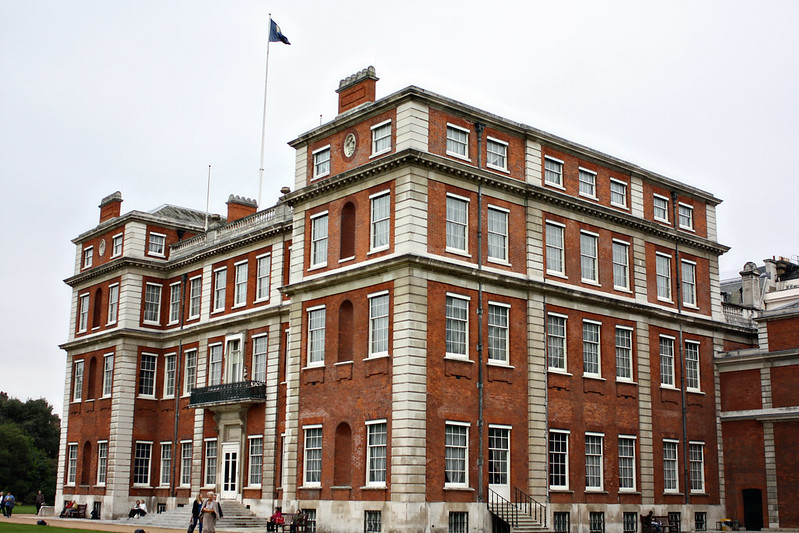
This is the back or south side of Marlborough House - if you look carefully, you can see the Prince of Wales emblem on the top storey (next to the flag of the Commonwealth).

For his Highness, some modifications were made to the inside, too. The front lobby that I am standing outside was added, and the Blenheim Saloon, the first room visitors came into from the front was also updated. It's very grand in that completely over the top way the Victorians were so good at. We can only imagine what the original Duchess's waiting room looked like. It was described as being 'of ample proportions, for the accommodation of the crowd... who were certain to assemble there'. But it was not ample enough for Bertie. The resulting saloon was deemed 'one of the handsomest rooms in London'. It's hung with tapestries and on the upper levels, by the balcony, there are Laguerre paintings of the Battle of Blenheim, including the big surrender to the Duke.
Below is the Delegate's Lounge, as it is now known. Back in younger Bertie's day, it was the State Dining Room and his future Majesty would entertain and hold Derby Day dinners for members of the Jockey Club. It's also where Edward VIII dined the evening he later informed his mother he would be abdicate and marry Wallis Simpson... but that is a story for another day. There's a grand portrait of the Prince in there.
Next up it's the State Drawing Room. Now a function and conference room, it used to be where future Queen Alexandra would invite 'budding pianists and singers' to perform for and entertain her. They must have been blown away by its size (it's 65 feet long) and opulence.
The last room of interest to this adventure is the Green Room. Back in Prince Bertie's day, it was known as the India Room and was said to have contained the 'finest collection of Indian arms and rare objects ever brought together'.
From the official blurb:
'In September 1959, the Queen placed Marlborough House at the disposal of the British Government as a Commonwealth centre and it came into use as such in March 1962. In 1964, the idea of an international and independent secretariat to service the growing Commonwealth was proposed, and Marlborough House became its actual headquarters in 1965.'
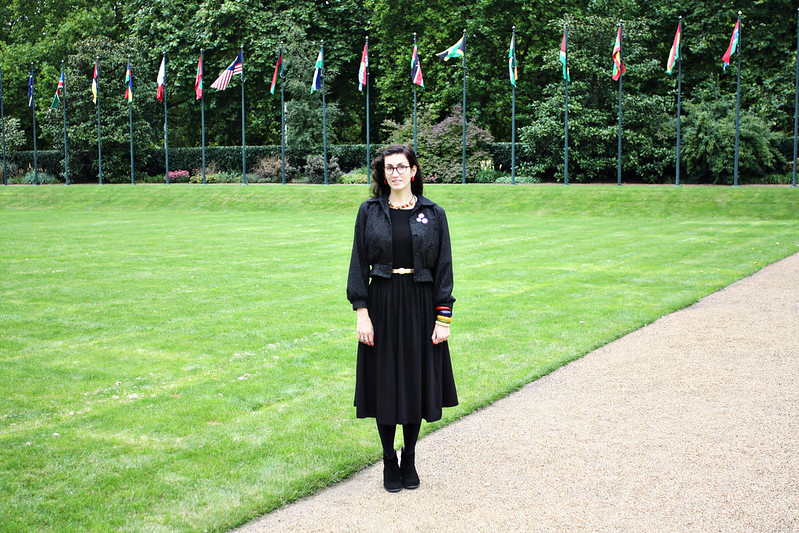
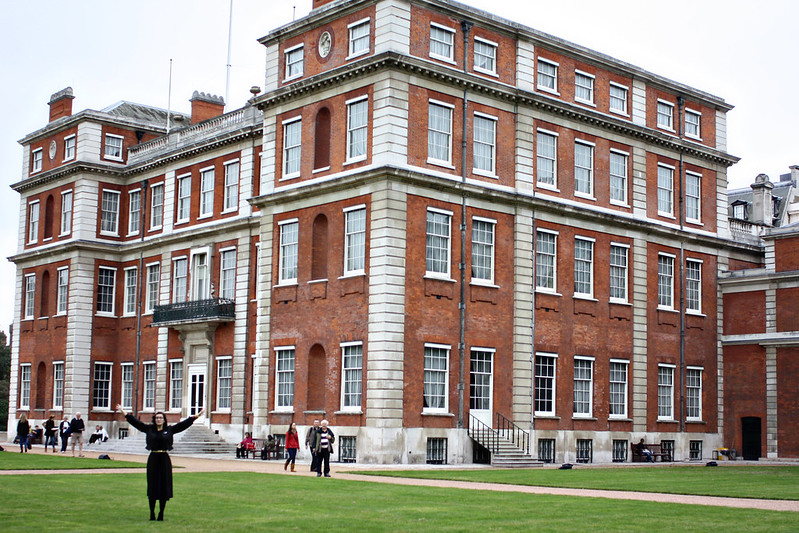
It was a delight to take The King's Ginger back to the King's princely residence, a once in a lifetime pleasure. Well... once a year, anyway.
If you fancy something a little more modern to whet your appetite for KGL now that the weather is cooling down, then head to the King's Ginger Facebook page to watch a video of some citrus-y cocktail ideas!
Fleur xx


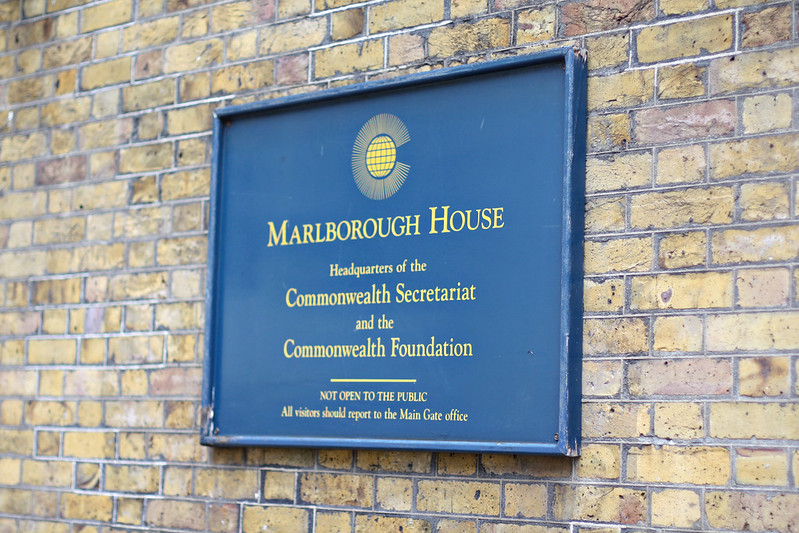
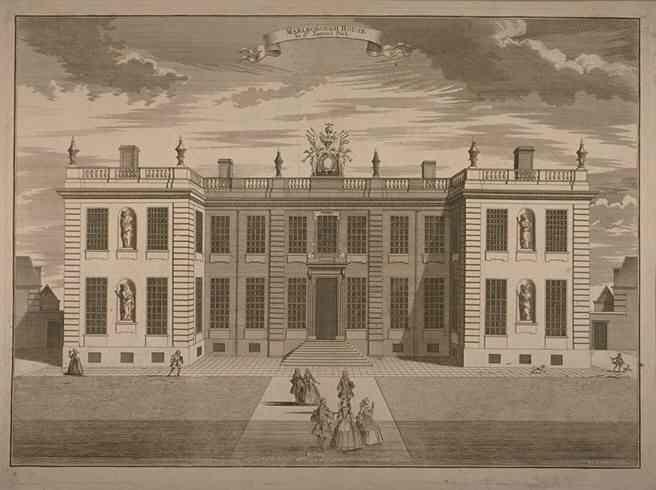







.JPG)


0 comments:
Post a Comment